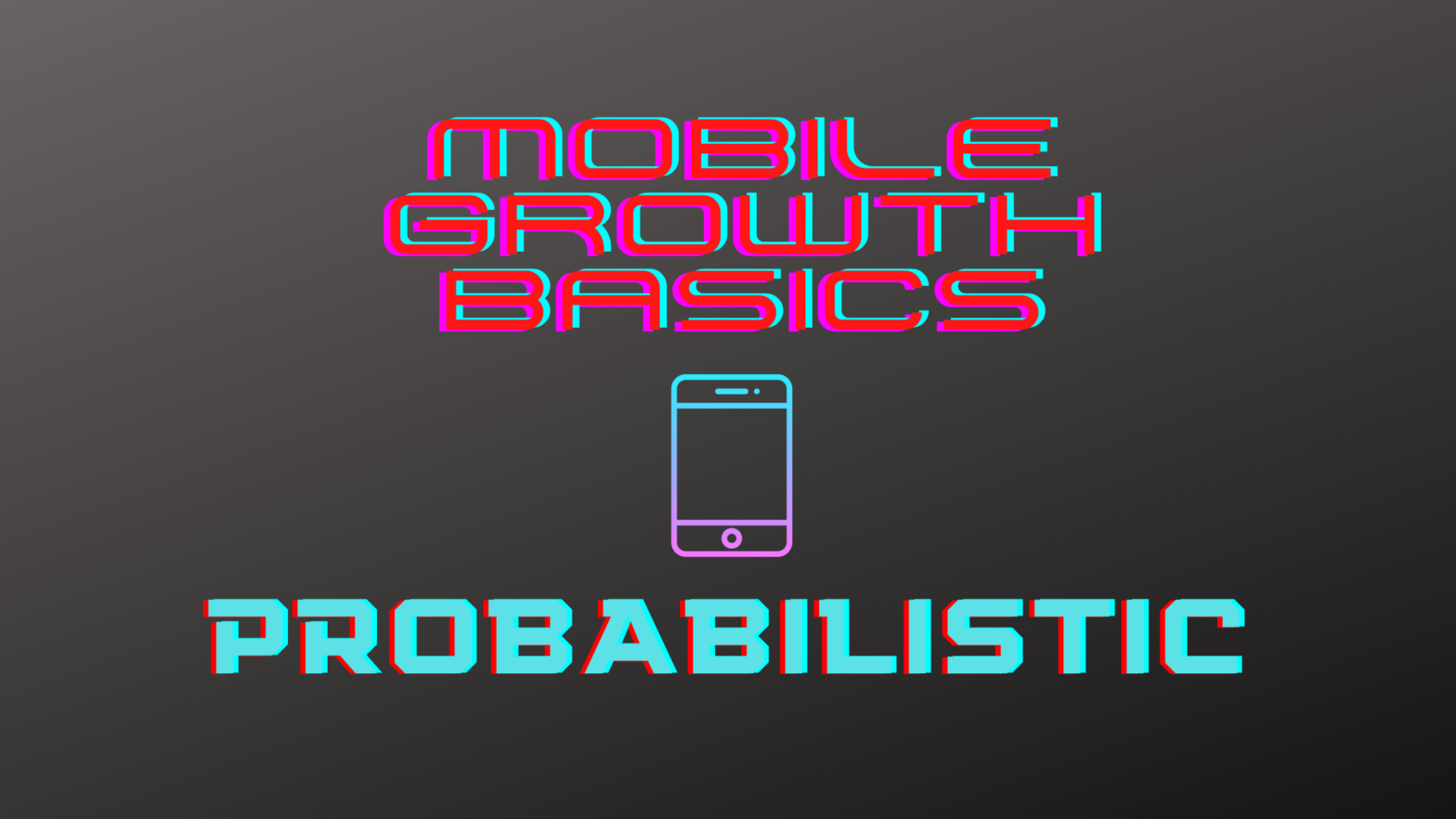In the wake of App Tracking Transparency (ATT) and SKAdNetwork (SKAN), probabilistic matching has been getting a lot of attention. After the deprecation of IDFA, many mobile advertisers have been looking for new ways to attribute campaign success on iOS — and probabilistic matching has stepped up in the absence of user-level attribution.
Let’s learn more.
What is probabilistic attribution?
Prior to the introduction of ATT in 2021, deterministic matching was the main way mobile advertisers tracked their campaigns. Deterministic matching looks to make exact matches between two pieces of data such as a device identifier and an ad click. As iOS users have increasingly opted out of tracking, deterministic matching has become more difficult, and advertisers and their MMPs have turned to probabilistic matching to fill the void.
Using non-deterministic data points such as IP addresses, probabilistic attribution makes predictive matches to attribute campaign success. Singular says, “In addition, the data collected for probabilistic attribution, such as the user’s IP address, changes much more frequently than a device identifier, which means that probabilistic attribution has a shorter attribution lookback period than deterministic attribution. Specifically, the accuracy of correctly identifying a device decays exponentially after 24 hours, so this is the typical cutoff period for the probabilistic attribution lookback window.”
While this method is less accurate than deterministic matching, it remains useful for iOS advertisers.
As FeedMob reports, probabilistic comes in a couple of different forms:
- Probabilistic Aggregated Mode: This methodology allows for aggregated (grouped or batched) data to be recorded. While advertisers and publishers can see grouped data, no user-level data will be provided and therefore granularity will be lost.
- Probabilistic User-Level Mode: This allows for a more granular, user-level probabilistic attribution.
The future of probabilistic matching
Technically, probabilistic is not allowed on iOS and in June, Apple once again took a stance on probabilistic fingerprinting. For the time being, however, there has been a distinct lack of enforcement leaving most MMPs and advertisers free to implement this technique.
Of course, the mobile attribution field has been changing rapidly and advertisers would be wise to be prepared for a future in which probabilistic is no longer allowed on iOS. Consider, for instance, contextual advertising as a privacy-friendly alternative to UA on iOS.





 1
1



